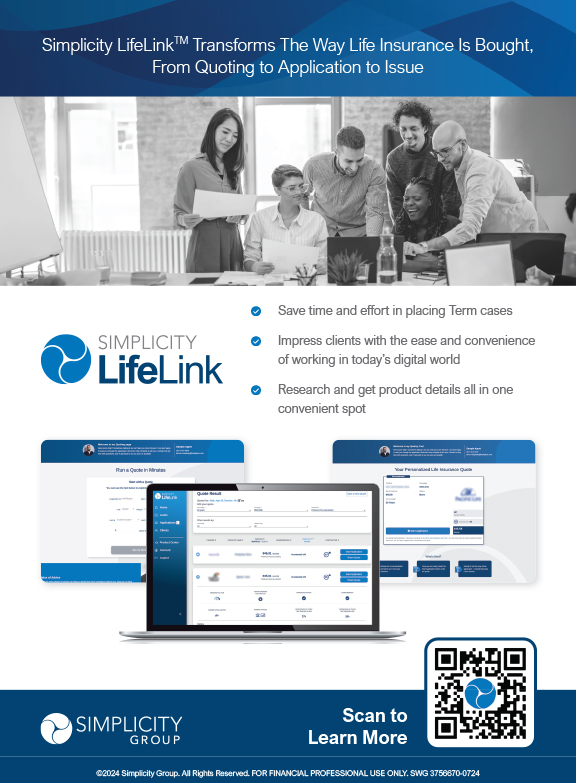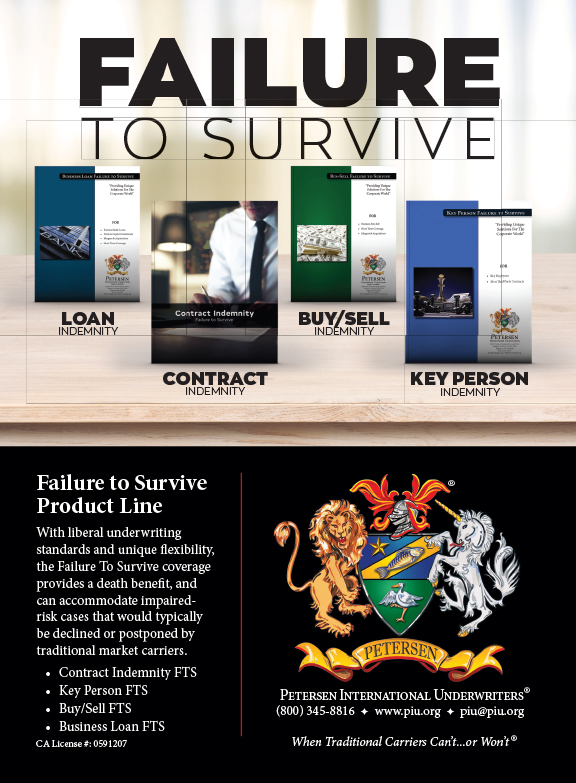Congratulations! You did it! You helped your client start an indexed universal life (IUL) insurance policy, which will give their family tax-free death benefit protection. The new policy will also help diversify their retirement plan by building the policy cash value, without market risk, that can be used for tax-free retirement income. It looks like everything is perfect, but actually there is still a big potential problem. For the policy to work as it’s designed the client must follow the plan, which means annual reviews are a must—not only for their plan, but for your business as well.
Stats show that about 11 percent of all life insurance policies will lapse in the first year, and overall each year an average of 4.5 percent of policies will lapse.1 These may seem like low percentages. But if you looked at 100 policies that started this year, there would only be about 35 policies in force after twenty years. Indexed universal life policies can be useful in the near future, but most of the time, if the plan is executed properly, these are long term financial vehicles that will be used for the rest of the client’s life.
Since the long term success of these plans is so important, I’m going to go over three tools to make annual reviews successful for you and your clients. First, I’ll go over key items during the sales process to set up the future annual reviews. Second, I’ll go over the annual review itself, including helping the client understand their annual statement and easing any concerns they may have. Last, I’ll go over how to look for further opportunities and get referrals.
Let’s go over what key points are during the sales cycle so that the annual reviews are easier and there are no surprises to the client. I’ll be describing an annual review for an indexed universal life policy, however many of these ideas can be used for other types of policies as well. There are many items to go over during the sales cycle. These are just the main points that will help you in your future annual reviews.
The most important item to go over is to let your client know that IUL policies are usually long term solutions and the client needs to be patient and stick to the plan. How often do we look at an illustration and only focus on a few key parts such as the premium, the rate of return, and the income and cash value? These are very important, but there are a few parts of the illustration at which we need to take a closer look.
We should start by looking at the costs each year. It’s common for an IUL to have higher costs upfront and lower costs in the later years. For example, an illustration for a max funded IUL for a 45 year old male paying $10,000 in premium per year to age 65 has $23,594 in costs over the first 10 years, but only has $11,250 in costs from age 65 to 75.2 This cost structure is different than most financial vehicles where the cost is usually a percentage of the total assets with higher costs in its later years. This is why it’s beneficial to compare the costs of an IUL to other alternatives over the long run.
Next, we should discuss the assumed interest rate used in the illustration. Even if you are conservative and run the illustration at a six percent indexed interest rate, you still need to express to the client that this scenario of a six percent return every year is obviously not going to happen. There will be years where the market goes down and you’ll receive a zero percent interest rate, and years where you may hit the cap of your interest rate. Letting them know about this variability, as well as looking at some historical returns and seeing which return assumption they are comfortable with, will help you with whatever returns actually occur.
The next item to go over are which allocations we are going to select. This should start with a discussion of the client’s goals and their risk tolerance. From the client’s goals and risk tolerance we can suggest an allocation. Our suggestion is to create a diversified allocation, since in any given year one index may outperform another. Then, in the annual review, you can reassess the client’s goals and risk tolerance to see if the allocations need to be adjusted. Also during the annual reviews you can analyze any cap or participation rate changes that may affect their allocation.
This last item is a simple thing to do during the sales process. Hold on to the issued illustration so that it can be referenced during the annual reviews. We will use this illustration to make sure the client is on track and that they will stick to the plan in the future.
Now that we’ve discussed the main points to go over during the sales cycle, let’s move on to after the policy is in force. While the annual reviews are important, it’s also important to stay in front of your client throughout the year—whether it be more frequent meetings, sending them important financial news or just sending them birthday or holiday cards. This will insure that you stay on their mind and will increase the chance that they’ll want to do an annual review with you.
It’s now time for the annual review. To start the meeting you should continue to build rapport with the client, discuss how their year has been and listen to what the client may have on their mind. If this includes concerns that the client has, make sure you mark those down so that they can be addressed. We’ll ask some specific questions later, but begin the meeting by having a casual conversation with the client and listening to them.
Next we’ll want to go over the annual review statement from the insurance carrier or any annual report that was created. Preferably, we’ll have a report that will include both the current numbers from the insurance carrier and the numbers from the issued illustration so that we can make sure that the plan is being executed.
First, we’ll make sure that all the premiums were paid as expected. If not, what was the reasoning? It is true that in an IUL you can have flexible premium payments, but the client must know that this will affect the overall plan if the premiums are not paid as expected. The next items to look at are the costs, the actual return rate and the interest credited. If these are better than projected you’ll have no problem going over these numbers, but how should you explain when the policy has a zero percent return?
The good news is that you’ve already set up for this scenario by letting your client know that this is a long term solution, the costs were expected to be higher upfront and we will experience variability in the returns. Even though we’ve set this up, it’s still tough when the client has paid $10,000 in premiums and the annual statement says $7,718 after the first year. This is where you can take a look at the issued illustration and show your client what was expected. The issued illustration at a seven percent return has the accumulation value as $8,316, so yes we are behind schedule but it’s not the end of the world and we were expecting to have less than our premium amount. You can also explain to your client that this first year return is the least significant return year out of any year. The reason for this is that there is only one year of premium in the policy. This seems obvious but let’s look at the numbers behind this. In our same example of a 45-year-old paying $10,000 of premium a year until age 65, a seven percent return would give an estimated interest credited of about $598. Compare this to year 20 where a seven percent return would result in an estimated $26,297 interest credited. This number is 44 times greater than the first year return. The last items to compare from the annual statement and the issued illustration include the current death benefit, surrender value and costs over the last year.
The last step is to look for any further opportunities either from that client or by obtaining referrals. You should start by having some needs assessment questions that you go through each year. A few of the popular questions include:
- Why did you purchase the policy in the first place?
- Have any of those reasons changed at all?
- Do you want to change the beneficiaries of your existing policy?
- Have there been any major changes to you or your family’s health?
- Have you had or do you expect any major changes to your expenses?
- Have there been any major income changes or has there been any inheritance?
There are definitely more questions to add, but these are an excellent start. Another important item to discuss are any additional services with which you may be able to help them. Especially as they get closer to retirement age, they may need more help with managing their retirement. Since you have helped them throughout the years, they will come to you for these services.
Then, we have the process of getting referrals from your clients. I don’t see this as “asking for referrals” but more like you helped this client with their retirement planning and the client might know some friends or family that you can help in the same way. Since you have shown the client your value and let him or her know about your services, they will be more likely to refer a qualified prospect. How much can getting referrals add to your business? Let’s say you’re able to get five new clients each year and your average target premium is $10,000. If you hold an annual review each year with all your clients and are able to get a referral from one out of ten, in the tenth year, instead of only having five new clients, you would have twelve and an extra $70,000 in your pocket that year.
I hope by reading this you realize the power of the annual review process. Not only will you be able to help the client execute the plan that was created, but it will help the relationship with the client which is necessary for your business as well. I urge you to start doing annual reviews with all of your clients for their benefit and for yours.
Footnotes:
1 – 2012 U.S. Individual Life Insurance Persistency Study, LIMRA and Society of Actuaries. https://www.soa.org/Research/Experience-Study/Ind-Life/Persistency/2007-09-US-Individual-Life-Persistency-Update.aspx
2- The illustration was from an Allianz Life Pro+ illustration.
























